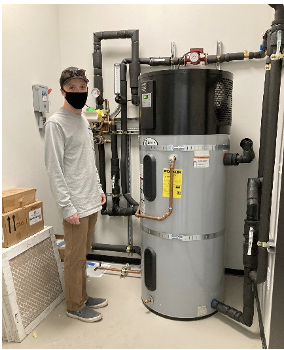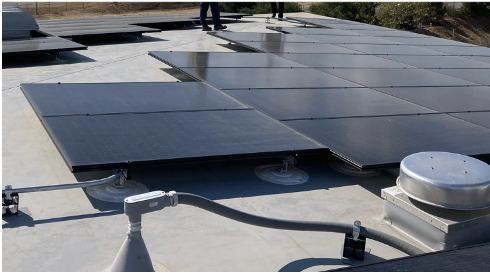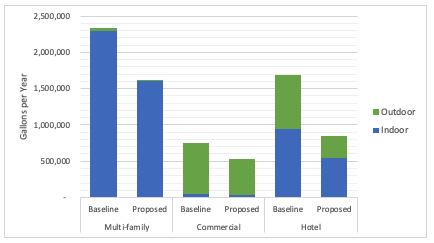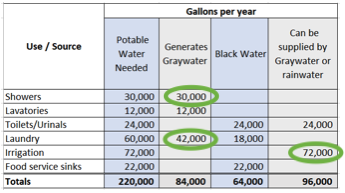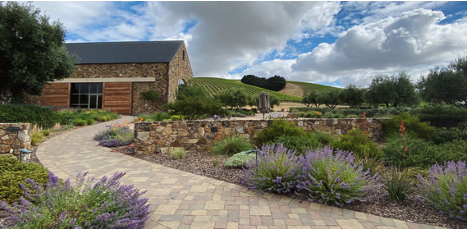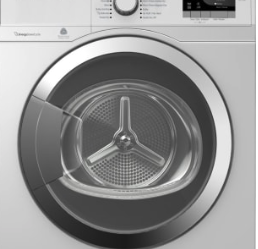The California Building Energy Code goes through a triennial cycle and the newest code update is fast upon us –the new 2022 Energy Code (Title 24 Part 6) takes effect Jan 1, 2023.
One of the most significant changes is that non-residential projects will now require photovoltaic (PV) solar electric systems with battery storage to be permitted and installed as part of the project scope.
A high efficiency heat pump water heater will produce fewer emissions than traditional water heater.
Generally speaking, the new energy code includes a number of important new measures:
· Energy efficiency updates that will impact some of the building envelope measures
· Lower indoor and outdoor lighting energy use
· Improved mechanical space heating/cooling efficiencies
· Strengthened water heating efficiencies
These changes taken as a whole will help California buildings reduce carbon emissions through the use of higher efficiency gas appliances and by encouraging the shift towards mechanical and hot water systems that use energy efficient electric heat pump technology, while concurrently requiring on-site solar electricity generation and battery storage.
PV system size and Batteries
A roof-mounted PV solar system will help to offset the electrical energy needed for heat pumps, lighting and plug loads, further reducing carbon emissions. Battery storage will help alleviate the electrical need when the sun is not shining.
The PV system size will be determined by a prescriptive calculation based on either 1) the total conditioned floor area (CFA) of a building or 2) the available solar access roof area (SARA) of the building. The required PV system size will be the smaller value of the two calculation methods.
There are exceptions to the PV requirement, such as having limited solar access or system sizes calculated to be less than 4 kW dc.
Battery storage, for the first time in the Energy Code, is also becoming a non-residential building requirement –simply put, all buildings required to have a PV system shall also have a battery storage system. The battery system size will be based on building size and occupancy type, with school occupancies needing the highest capacity of storage.
Like the PV systems, there are some exceptions to the battery storage requirement. For example, there is no battery requirement for systems calculated to be less than 10 kWh of rated capacity.
A project can utilize a community shared solar or battery system to offset the PV solar and/or battery requirement(s) as long as the community system meets several parameters.
For more information see https://www.energy.ca.gov/programs-and-topics/programs/building-energy-efficiency-standards/2022-building-energy-efficiency
Or visit 3C-REN https://www.3c-ren.org/energy-code-connect Resource Library


